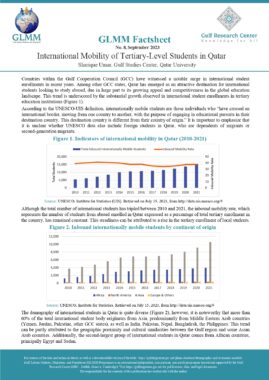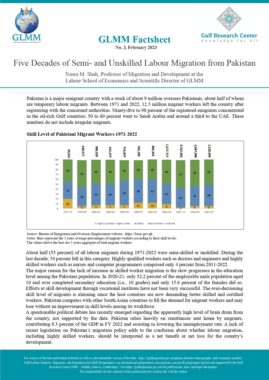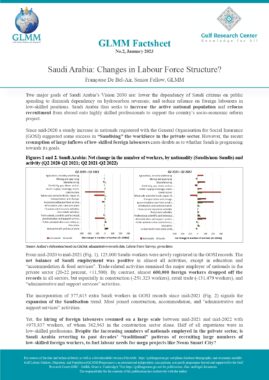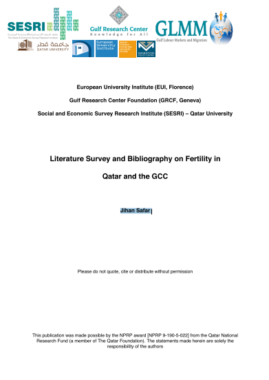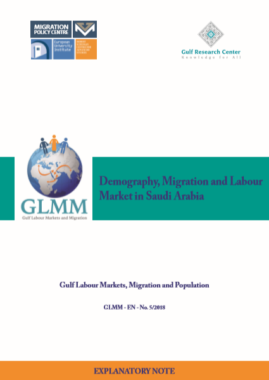Kuwait: Employed population aged 15 and above by nationality group (2018)
| Employed population | |
| Kuwaitis | 398,357 |
| Arabs | 657,106 |
| Asians | 1,664,062 |
| Africans | 43,959 |
| Europeans | 10,527 |
| N. Americans | 10,430 |
| S. Americans | 878 |
| Australians/ Oceanians | 710 |
| Total non-Kuwaitis | 2,387,672 |
| Grand total | 2,786,029 |
Source: PACI
ANNEXED NOTE
1. Characteristics of data and definitions
The source of data used here is the Public Authority for Civil Information (PACI), an independant government body in charge of :
1- centralising all population and labour force data in order to manage a fully computerised population register
2- issuing mandatory civil identification cards to every resident of the country, regardless of age and nationality.
(a) Kuwaiti: the Kuwaiti nationality rests upon a document of Kuwaiti nationality or a certificate proving Kuwaiti nationality issued by the Ministry of Interior of Kuwait.
(b) Non-Kuwaiti: his/ her nationality is determined by the name of the State having issued the passport. The foreign national also entered Kuwait legally and has a stamp of residence.
The Biduns, stateless persons living in the Emirate, are counted with the non-nationals.
(c) Employed population in the labour force: population aged 15 years and above, in paid employment in the government or private sector, as itinerant worker, or in the domestic sector.
(d) Government sector: any organization of the government (organizations, authority and departments), included within the state budget
(Ministries and government departments; authorities with attached budgets; authorities with independent budgets).
(e) Non-governmental sector: any part of the private sector (a company or an individual) or any authority of the non-governmental sector.
(f) Domestic services sector: the household/ family sector, where the work is associated with the residence and its inhabitants,
their service and their comfort (including maids, nannies, cooks, drivers, etc.).
Note: figures of expatriates may differ slightly between PACI’s various sources of data (database; tabulated data) and topic covered.
2. Institution which provides data
The Public Authority for Civil Information (PACI)
3. Period of data coverage: December 2018
The database is updated three times a year and the website presents only the most recent data.
4. Data availability
The statistics section of PACI’s website (“Statistical Reports”) (http://stat.paci.gov.kw/englishreports/ (English); http://stat.paci.gov.kw/arabicreports/ (Arabic))
provides population and socio-economic data broken down by nationality (Kuwaiti/ non-Kuwaiti). Some data are displayed by nationality groups.
Analytical tables and data crosstabulations are available for download in PDF, html, .png and Excel (.csv) formats.
Date of access: February 2019.
Similar Posts:
- Kuwait: Employed population aged 15 and above by nationality group and sex (2018)
- Kuwait: Employed population aged 15 and above by nationality group, sex and activity sector (2018)
- Kuwait: Population in the labour force aged 15 and above by nationality group, sex and occupation group (2018)
- Kuwait: Population aged 15 and above by nationality (Kuwaiti/ non-Kuwaiti), sex and activity status (relation to labour force) (December 2018)
- Kuwait: Population by nationality group (2018)
Tags: Employment, Foreign Labour, Kuwait, Labour Market, National Labour
































